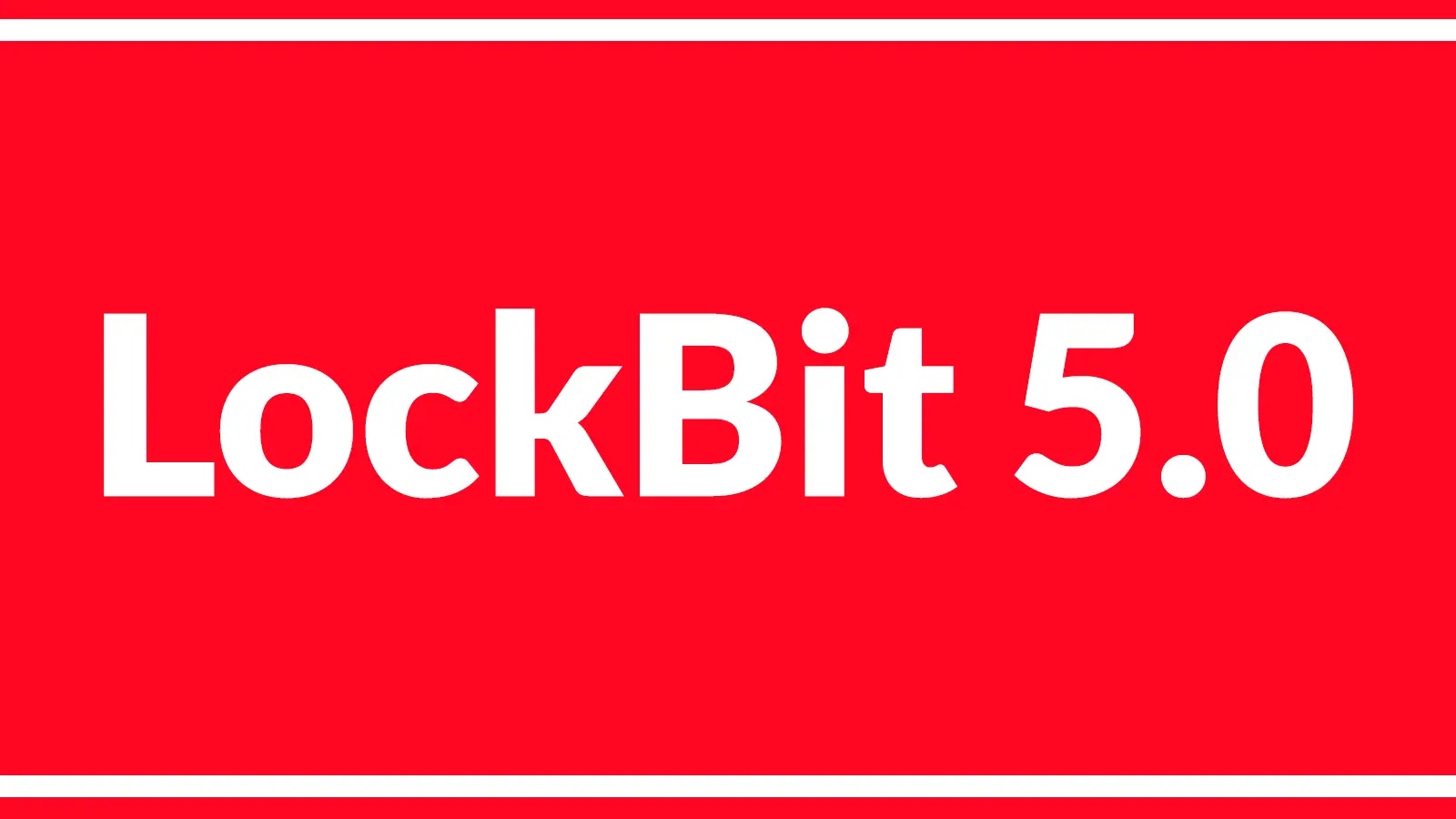
LockBit 5.0 Actively Attacking Windows, Linux, and ESXi Environments
LockBit 5.0 Resurfaces: A Deep Dive into “ChuongDong” Targeting Windows, Linux, and ESXi
The cybersecurity landscape just experienced a stark reminder of the persistent and evolving threat posed by ransomware. After a period of relative quiet following law enforcement’s impactful Operation Cronos earlier this year, the notorious LockBit ransomware operation has roared back to life. Its administrator, LockBitSupp, has successfully reconstituted the group’s infrastructure, unleashing a new and more potent variant: LockBit 5.0, internally codenamed “ChuongDong.” This resurgence demands immediate attention from security professionals across all sectors, as “ChuongDong” actively targets critical Windows, Linux, and ESXi environments.
The Phoenix from the Ashes: LockBit 5.0’s Return
Operation Cronos, a multi-national law enforcement effort in early 2024, dealt a significant blow to the LockBit ransomware group, seizing infrastructure and disrupting their operations. For months, it seemed the prolific threat actor might have been permanently sidelined. However, LockBitSupp’s determination and technical prowess have proven formidable. The successful rebuilding of their infrastructure and the subsequent launch of LockBit 5.0 demonstrate the group’s resilience and capacity for rapid adaptation in the face of coordinated takedown efforts.
“ChuongDong”: Evolution in Ransomware Tactics
The emergence of LockBit 5.0, or “ChuongDong,” signifies a crucial evolution in the group’s ransomware capabilities. While specific technical details surrounding its enhancements are still being analyzed by the cybersecurity community, the fact that it actively targets such a broad range of critical operating systems—Windows, Linux, and VMware ESXi—underscores its potential for widespread disruption. This multi-platform targeting indicates a sophisticated development approach, allowing the threat actors to maximize their attack surface and impact across diverse enterprise environments.
Targeted Environments and Potential Impact
- Windows Systems: As historically the primary target for most ransomware, Windows environments remain highly vulnerable. “ChuongDong” likely leverages familiar attack vectors, including phishing, exploiting unpatched vulnerabilities, and credential stuffing.
- Linux Servers: The increasing prevalence of Linux in server infrastructure makes it a lucrative target for ransomware groups. LockBit 5.0’s ability to compromise Linux systems poses a direct threat to web servers, databases, and other critical backend operations.
- VMware ESXi: Virtualization platforms like VMware ESXi are particularly attractive targets for ransomware. An attack on ESXi can encrypt entire virtual machines, crippling an organization’s virtualized infrastructure and causing catastrophic data loss and operational downtime.
Remediation Actions and Proactive Defense Strategies
Given the renewed threat posed by LockBit 5.0, organizations must immediately reinforce their defensive postures. Proactive measures are critical to preventing compromise and minimizing the impact of a successful attack.
- Patch Management: Implement a rigorous patch management program, ensuring all operating systems, applications, and virtualization platforms (especially VMware ESXi) are updated with the latest security patches. Many ransomware attacks exploit publicly known vulnerabilities, some of which may have CVEs like CVE-2023-20867 (if applicable to a recent LockBit-exploited ESXi vulnerability, otherwise substitute with relevant CVEs as they emerge).
- Robust Backup Strategy: Maintain frequent, air-gapped, and immutable backups of all critical data. Test backup restoration processes regularly to ensure data recoverability.
- Multi-Factor Authentication (MFA): Enforce MFA for all remote access, administrative accounts, and critical systems.
- Network Segmentation: Segment networks to limit lateral movement. Isolate critical systems from less secure segments.
- Endpoint Detection and Response (EDR): Deploy and monitor EDR solutions to detect and respond to suspicious activity on endpoints and servers.
- User Training: Educate employees on phishing awareness, safe browsing habits, and the importance of reporting suspicious emails or activities.
- Privileged Access Management (PAM): Implement PAM solutions to control and monitor privileged accounts, reducing the risk of credential compromise.
- Threat Intelligence: Stay informed about the latest LockBit 5.0 tactics, techniques, and procedures (TTPs) through reputable threat intelligence feeds.
Recommended Tools for Detection and Mitigation
| Tool Name | Purpose | Link |
|---|---|---|
| VMware NSX Advanced Load Balancer | Network segmentation and micro-segmentation for ESXi environments | VMware Official Site |
| CrowdStrike Falcon Insight | Endpoint Detection and Response (EDR) and threat hunting | CrowdStrike Official Site |
| Microsoft Defender for Endpoint | EDR for Windows, Linux, and macOS | Microsoft Official Site |
| Tenable.io / Nessus | Vulnerability scanning and management | Tenable Official Site |
| Veeam Backup & Replication | Data backup and recovery for virtual, physical, and cloud environments | Veeam Official Site |
Key Takeaways
The audacious return of LockBit with its 5.0 variant, “ChuongDong,” underscores the persistent and adaptive nature of cybercriminal enterprises. Despite significant law enforcement intervention, ransomware groups possess the determination and resources to rebuild and refine their operations. This new iteration’s capability to target Windows, Linux, and critically, VMware ESXi, necessitates a comprehensive and multi-layered defense strategy. Organizations must prioritize robust patch management, immutable backups, strong authentication, and advanced endpoint protection to effectively mitigate the heightened threat posed by LockBit 5.0.





